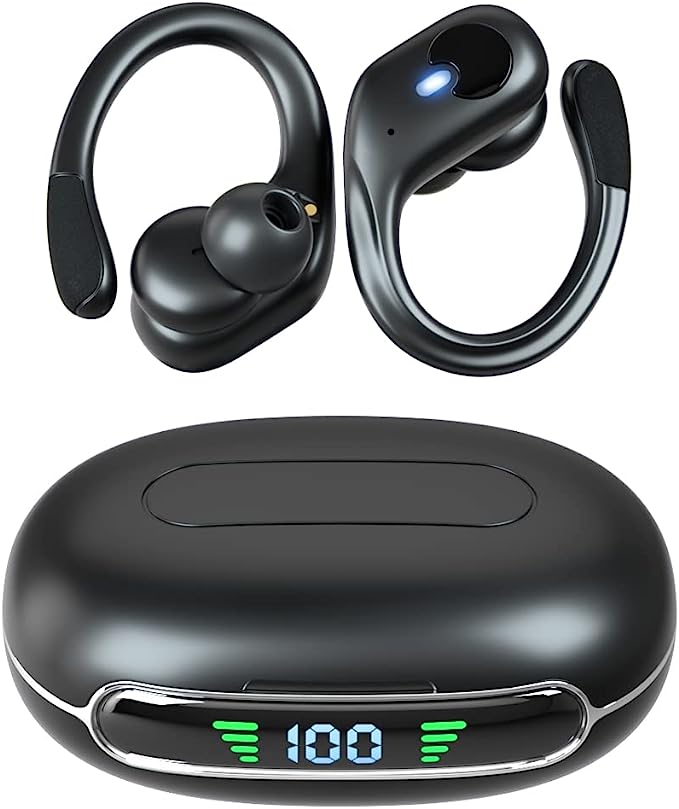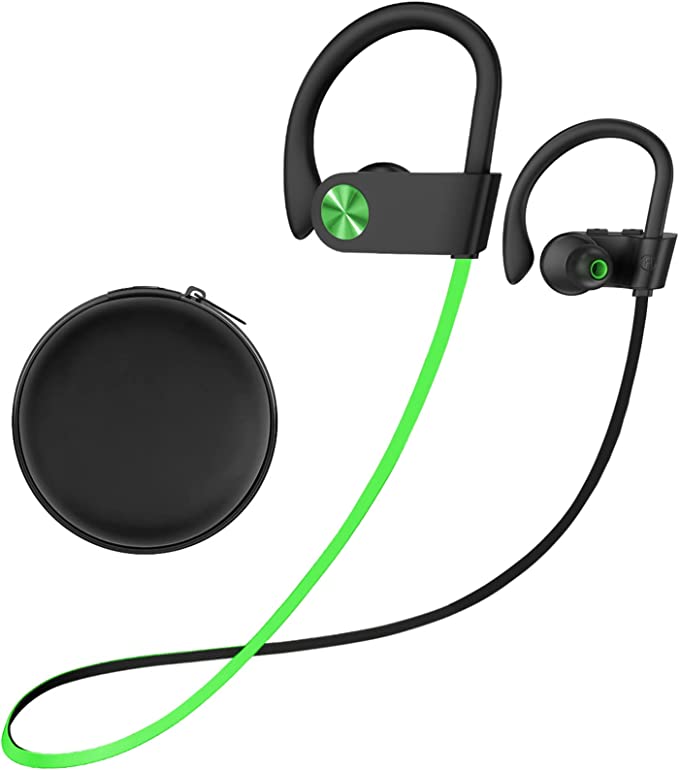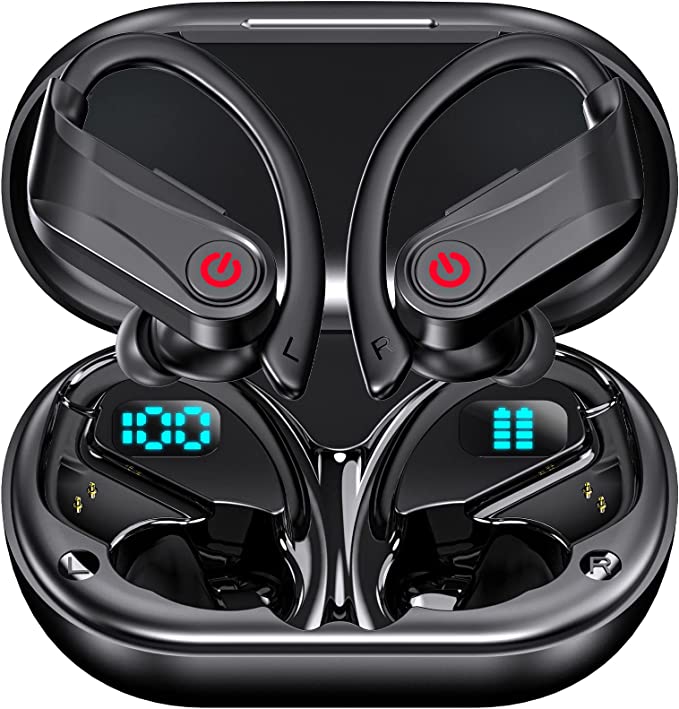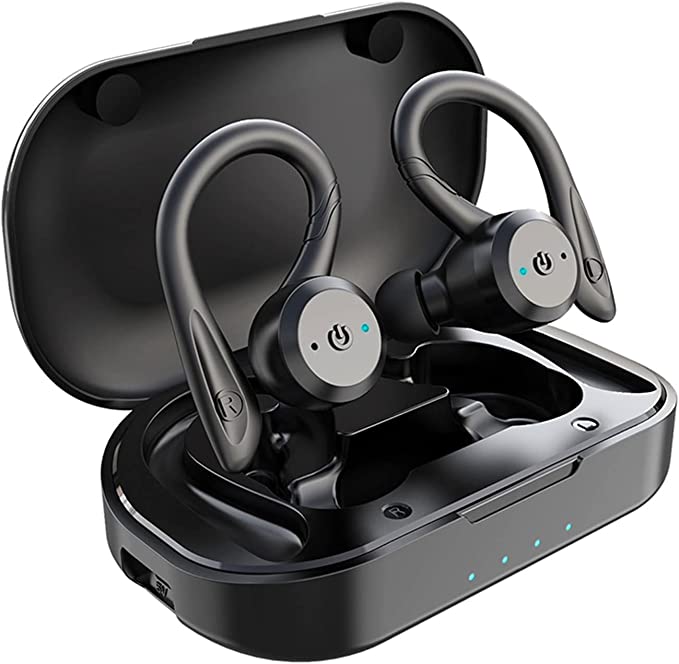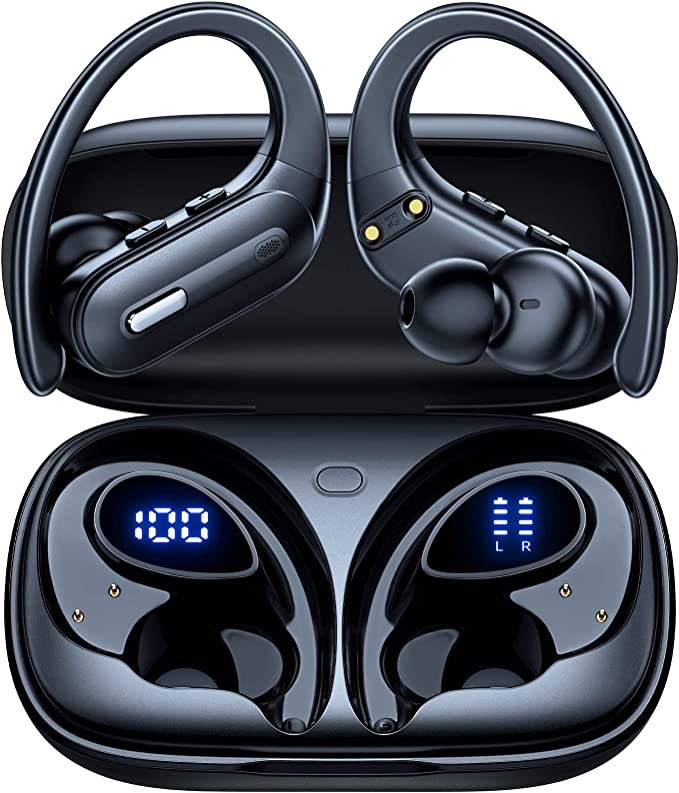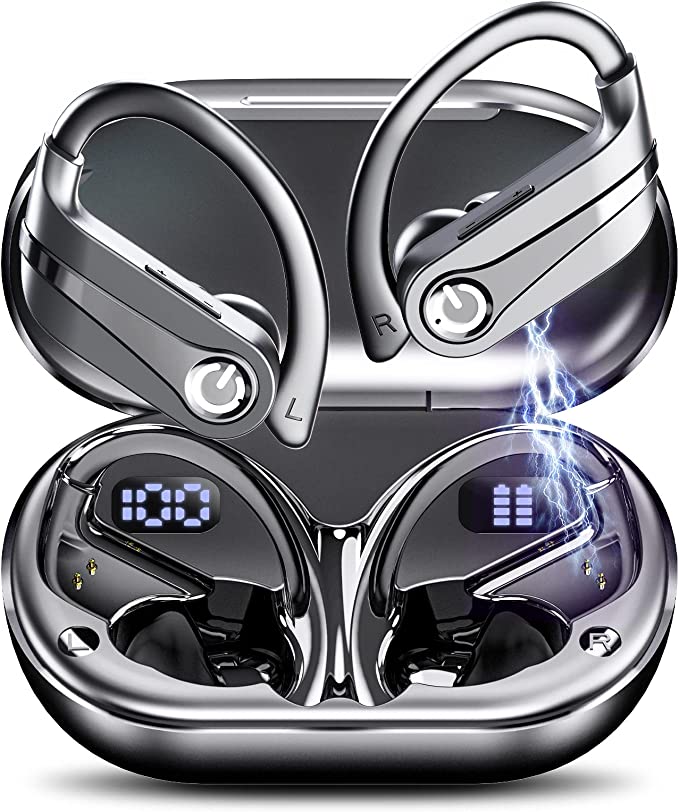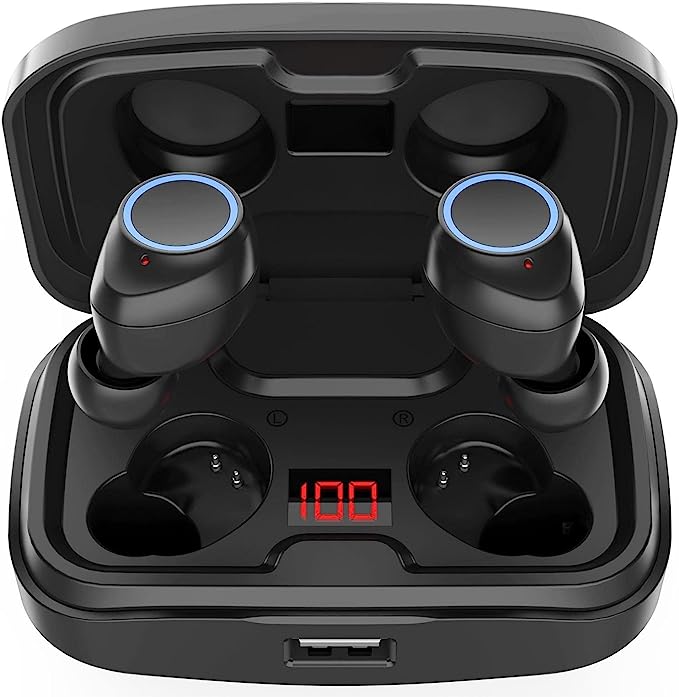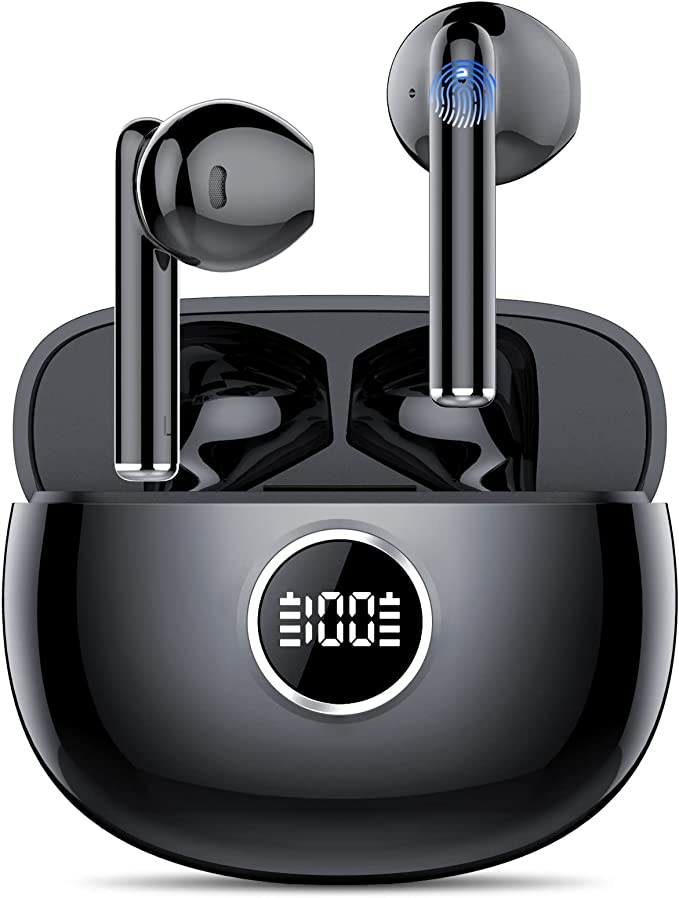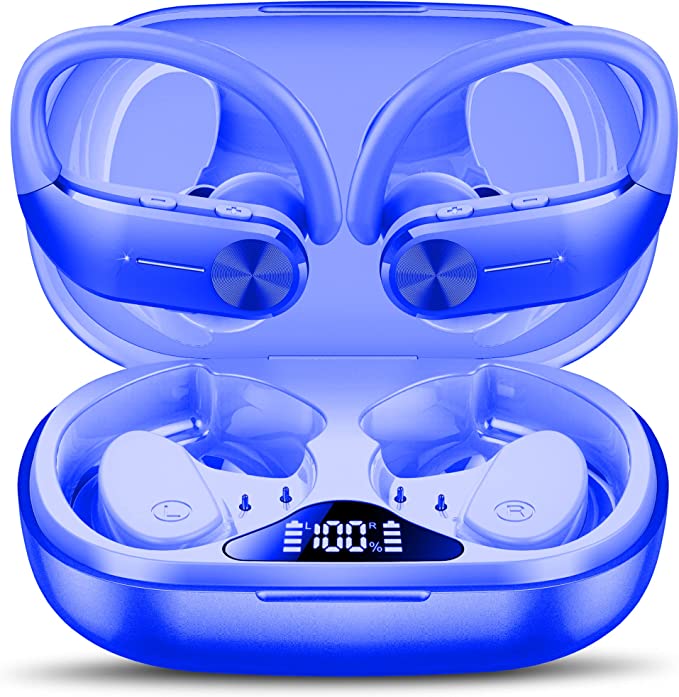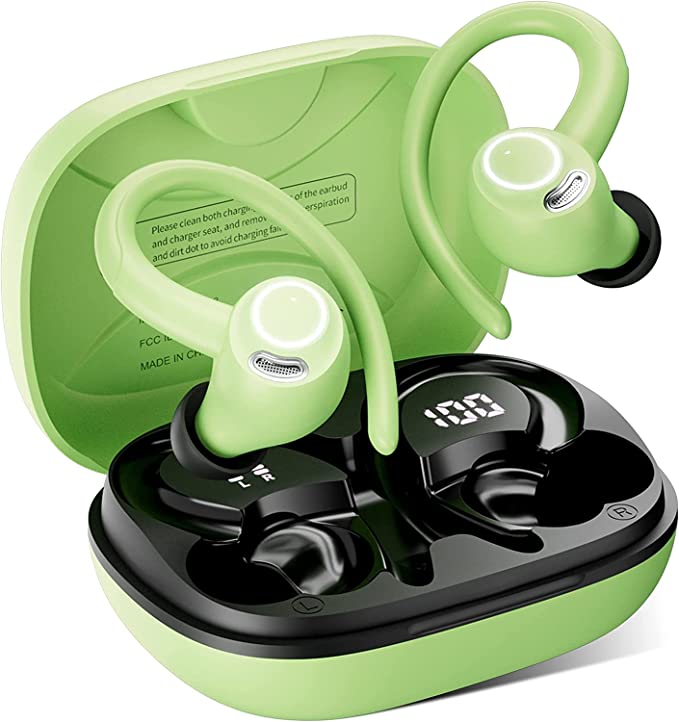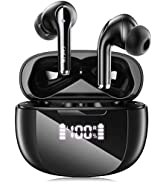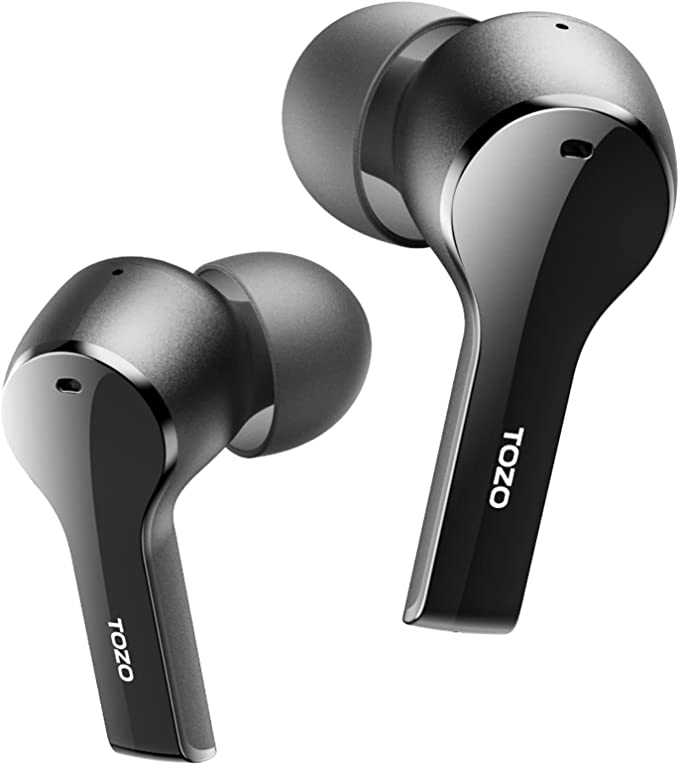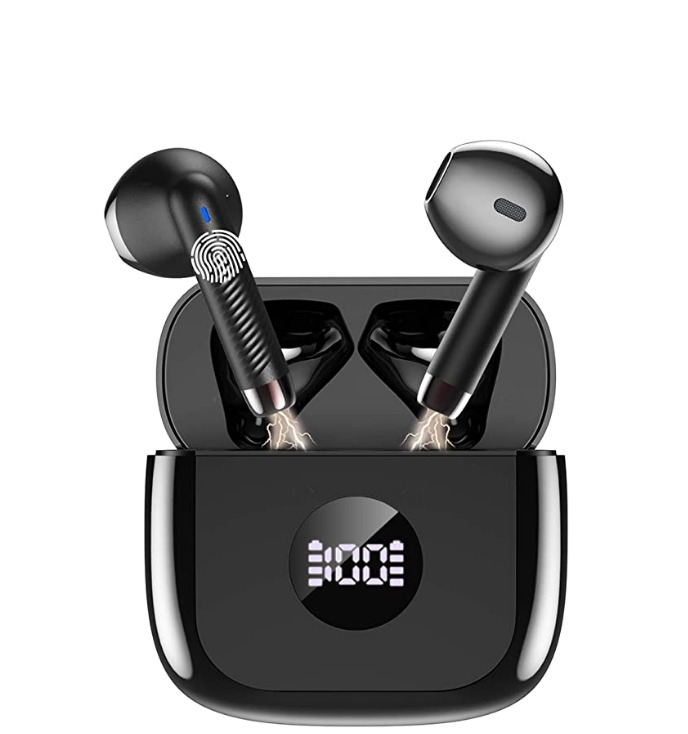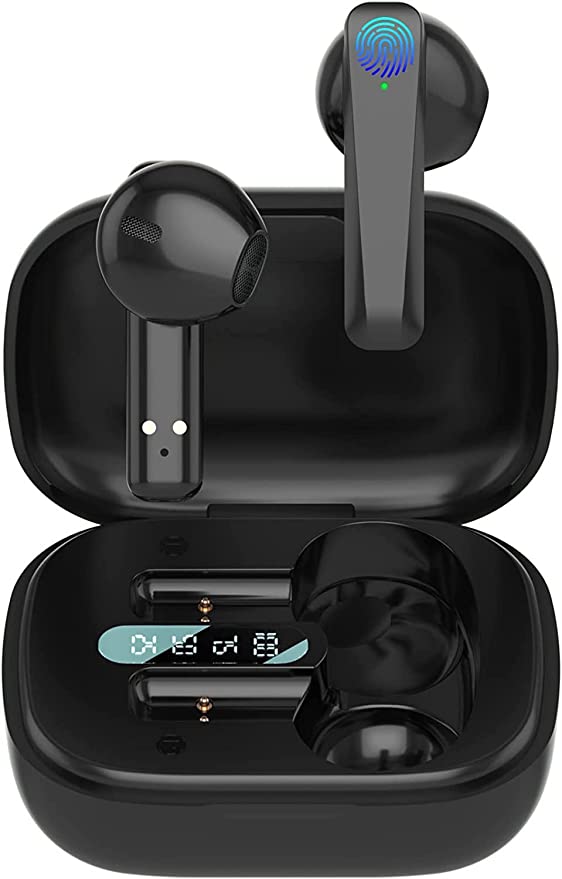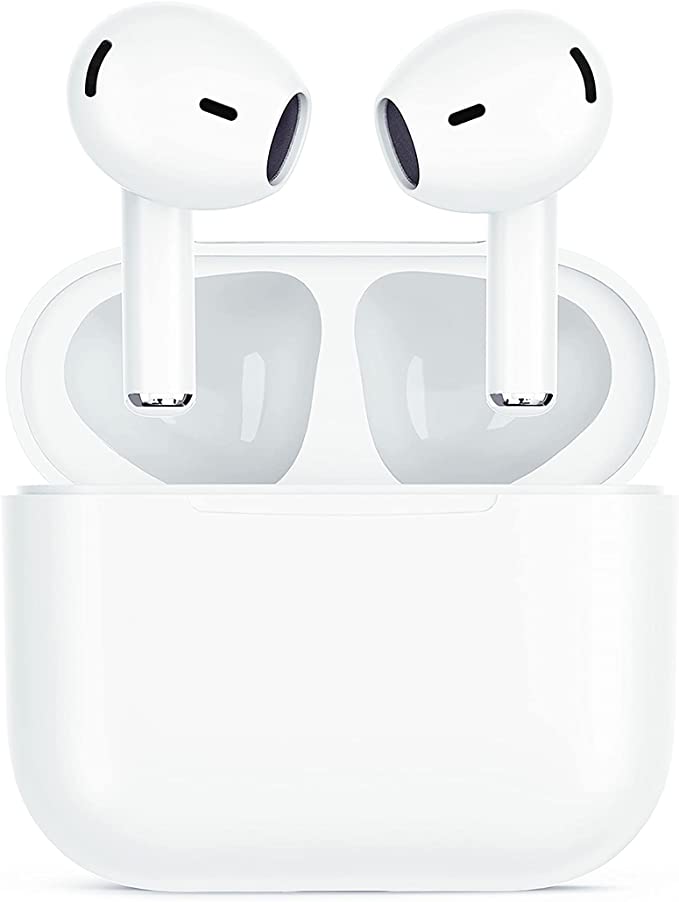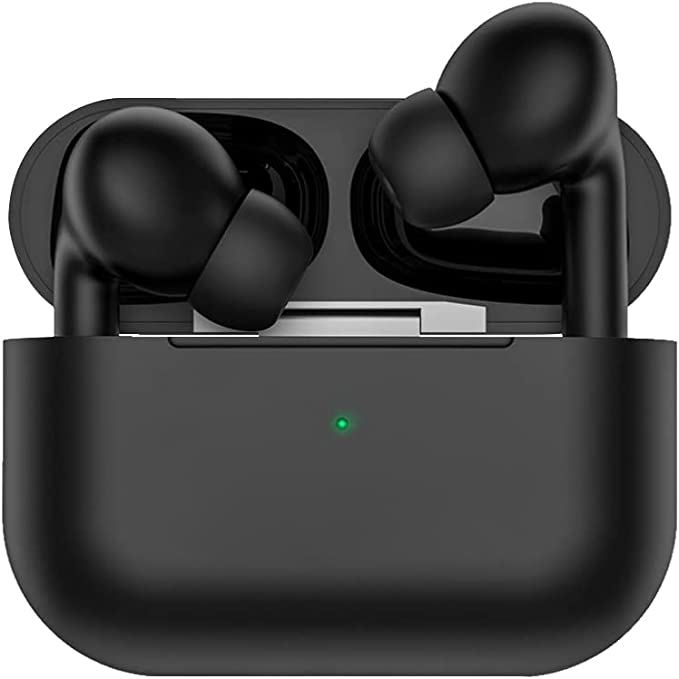The Athlete's Dilemma: Decoding the Tech That Makes Sport Earbuds Truly Work
Update on Nov. 14, 2025, 7:34 p.m.
You’re pushing through the final, grueling minutes of a workout. Your focus is absolute. Then, it happens: an earbud, loosened by sweat and motion, tumbles out, shattering your concentration. This is the athlete’s dilemma—a moment when the very gear meant to motivate you becomes a frustrating distraction. It highlights a fundamental truth: for active use, an earbud is not just an audio device; it’s a piece of performance equipment.
The market is flooded with options, but what truly separates a reliable workout partner from a future resident of your junk drawer? The answer lies not in flashy marketing, but in specific, purposeful engineering choices. Using a well-regarded example like the Csasan V90 Wireless Earbuds, which are praised by users for their performance during exercise, we can decode the three essential pillars of great sport audio design: stability, durability, and connectivity.

Pillar 1: The Science of Stability – Why Ear Hooks Are Not Just an Accessory
The single most common failure point for earbuds during exercise is fit. Standard in-ear buds rely on friction within the ear canal to stay put. During high-impact activities like running or plyometrics, the repetitive shock and dynamic forces can easily overcome this friction. This is where ergonomic design becomes paramount.
Sport-focused earbuds, such as the Csasan V90, solve this with an over-ear hook. This isn’t an aesthetic choice; it’s a solution rooted in biomechanics. By looping over the top of your auricle (the external part of your ear), the hook creates a critical secondary anchor point. It distributes the earbud’s weight and leverages the ear’s natural structure to counteract the downward and outward forces of motion. Think of it as a suspension system for your audio.
This stability is enhanced by the inclusion of multiple sizes of silicone ear tips (e.g., S, M, L). A proper in-ear seal achieves two things:
1. Acoustic Seal: It isolates sound, leading to a richer bass response and allowing you to listen at lower, safer volumes.
2. Frictional Grip: It adds another layer of security inside the ear canal.
When users consistently report that their earbuds “do not fall off” during exercise, it’s a direct testament to this two-pronged approach: the structural security of the ear hook combined with the personalized fit of the in-ear tip. It’s the foundational element that allows all other technology to function without interruption.

Pillar 2: The Shield of Durability – Demystifying IPX7 Waterproofing
The second enemy of workout electronics is moisture. Sweat, rain, and accidental splashes can wreak havoc on sensitive internal components. To combat this, manufacturers use the Ingress Protection (IP) rating system, a standardized measure of an enclosure’s resistance to solids and liquids.
The Csasan V90 boasts an IPX7 rating, which signifies a high level of water resistance. Let’s break down what that code means for an athlete: * IP: Stands for Ingress Protection. * X: Indicates that the device has not been specifically rated for protection against solid particles (like dust). For earbuds sealed against water, this is common and generally not a concern. * 7: This is the crucial number. It certifies that the device can withstand temporary immersion in water up to 1 meter deep for 30 minutes.
This isn’t just about being “splash-proof.” An IPX7 rating provides a robust shield against the realities of an active lifestyle. It ensures the earbuds are engineered to survive heavy perspiration, being caught in a rainstorm, or even an accidental drop into a puddle. This level of protection is achieved through meticulous engineering, using hydrophobic nano-coatings on internal components and watertight seals on all seams and entry points. For an athlete, it means peace of mind—the freedom to train in any condition without worrying about your audio gear failing.

Pillar 3: The Unbroken Connection – Why Bluetooth 5.3 Matters in Motion
An unstable audio connection that stutters or drops is the digital equivalent of a tangled wire. For an athlete, it’s a rhythm-killer. The V90 utilizes Bluetooth 5.3, a recent iteration of the standard that offers tangible benefits for sport applications.
While all Bluetooth 5.x versions brought improvements, version 5.3 refines connectivity with features that enhance stability and efficiency, particularly when the user is in motion: * Improved Channel Classification: The 2.4 GHz frequency band is crowded with Wi-Fi and other signals. Bluetooth 5.3 allows the earbuds to be more intelligent about identifying and avoiding “noisy” channels, quickly hopping to clearer ones. This results in a more stable link with fewer random dropouts, even in a busy gym. * Connection Subrating: This feature allows the device to switch rapidly between low-energy and high-performance states. It makes the connection more responsive and efficient, conserving precious battery life without sacrificing stability when it’s needed most.
Furthermore, features like Hall technology, which automatically initiates pairing when you open the case lid, contribute to a seamless user experience. This is enabled by a tiny magnetic sensor that detects the lid’s movement, waking the earbuds to connect instantly. For someone eager to start their workout, this removes a small but significant point of friction, getting them to their music faster. The result is a connection that is not only fast and reliable but also feels effortlessly integrated into your routine.

Bringing It All Together: Audio Performance in the Field
With the foundational pillars of stability, durability, and connectivity in place, the audio experience itself can shine. The V90’s use of large 13mm dynamic drivers provides the “acoustic muscle” needed to produce a full sound with powerful bass—often a key motivator during intense exercise.
Additionally, its CVC 8.0 (Clear Voice Capture) technology addresses another common workout pain point: taking calls in a noisy environment. CVC is not noise cancellation for you, the listener; it’s a noise-suppression algorithm for your microphone. It works to isolate your voice from ambient sounds like gym music or wind, making you sound clearer to the person on the other end of the line.
When you see a product with overwhelmingly positive feedback from active users, it is rarely by accident. It’s the successful execution of these core engineering principles. The secure fit prevents interruptions, the waterproofing provides resilience, the stable Bluetooth connection delivers consistent audio, and thoughtful features like clear call quality add practical value.

Conclusion: From Features to Function
Ultimately, choosing the right sport earbuds is about looking beyond the spec sheet and understanding how technology translates into real-world performance. It’s about recognizing that an ear hook is a biomechanical solution, an IPX7 rating is a promise of resilience, and Bluetooth 5.3 is the key to an uninterrupted flow state. By learning to identify these pillars of purposeful design, you are no longer just buying features; you are investing in a reliable piece of equipment designed to conquer the athlete’s dilemma and become a true, invisible partner in your fitness journey.

